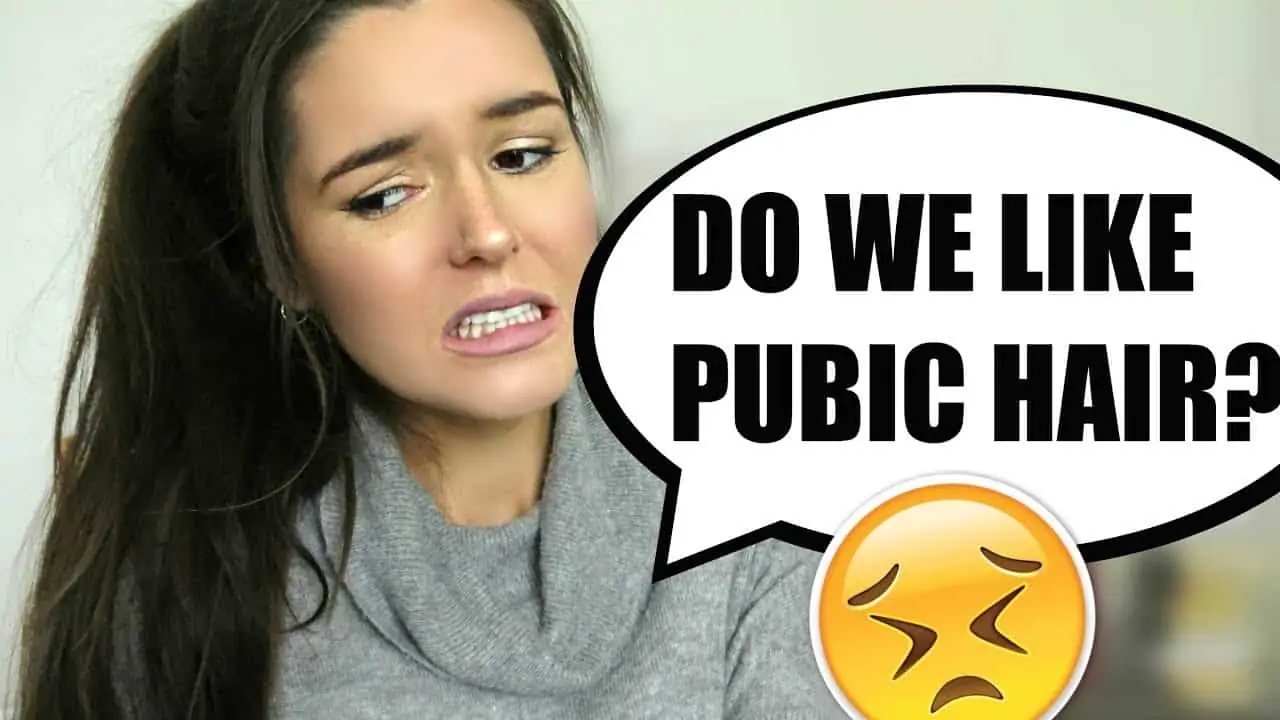Table Of Content

A person needs to use caution with whichever method they choose to help prevent injury. According to one 2017 study, pubic hair may help reduce the risk of contracting a sexually transmitted infection (STI). However, additional studies are necessary to prove the effect of pubic hair on preventing STIs. Another theory around the purpose of pubic hair has to do with pheromones, or chemicals your body produces that send subconscious messages to other human animals, including potential mates.
Personal preference
There is a risk of burns and general irritation, plus small cuts and other skin damage you can’t see. Why pubic hair grooming is a personal choice, and how to do it safely. After hair removal, hydrate the skin to soothe any potential irritation and prevent dryness. Avoid tight clothing and harsh products on the treated area to allow the skin to recover properly. Regular moisturizing can also help maintain smooth skin. The same study went on to suggest that bacteria may enter damaged skin after pubic treatments and that there may be other protective agents in hair follicles that help prevent infections.
Three women get real about pubic hair - Toronto Star
Three women get real about pubic hair.
Posted: Wed, 16 Aug 2023 07:00:00 GMT [source]
How we reviewed this article:
Opting for gentle hair removal techniques and choosing products specifically designed for sensitive skin can help maintain a smooth and irritation-free bikini area. Over time, as I slept with more people, I realized nobody really cares. Even if they trim their pubic hair, they don’t care about yours, necessarily. It’s not even really aesthetic, it mostly just feels more comfortable… I try not to do too much to it because I don’t want to waste my time.
Exfoliate to Treat and Prevent Ingrown Hairs
A lot of people remove their pubic hair to conform to this aesthetic standard. There are a lot of reasons why people get rid of their pubic hair. Therefore, as the theory goes, pubic hair may trap pheromones, increasing how attractive we appear to potential sex partners. Another theory links pubic hair to the transmission of pheromones, or scent-carrying chemical secretions that affect mood and behavior. We still don’t know exactly how pheromones influence sexuality. As an ob-gyn, I want you to know that pubic hair is normal.
What’s the Purpose of Pubic Hair? And 8 Other FAQs

Ultimately, it’s still fine to go ahead and book that wax, reach for the razor, or trim your pubic hair however you see fit. You might also opt for a hair-removal cream, though some of these can cause irritation, or laser hair removal. If you still find that you’re experiencing a lot of bumps, pain, or other irritation, consider chatting with a dermatologist for some extra guidance—or trying to accept your pubic hair as it is, if that’s an option, too. I recommend laser hair removal as the healthiest way to remove pubic hair. Laser targets the hair follicle to prevent regrowth, so you get smooth, hair-free skin with minimal irritation. It’s more permanent than shaving or waxing, which can cause nicks, burns, and ingrown hairs in the sensitive bikini area.

Why Go Back to Waxing? How to Embrace the Full Bush
As with boils, abscesses tend to develop from irritation caused by certain hair removal methods, such as shaving or waxing. For instance, in the 2013 survey cited above, 31.5 percent of women who reported grooming their pubic hair did so because they believed it would make their genitals more attractive. In a nationally representative 2013 survey of 7,580 people, 59 percent of women and 61 percent of men who groomed their pubic hair reported doing so for hygienic purposes. This hair removal method involves pulling all the hair out at the root with hot wax or a sugary paste. The results may last for several weeks, but the process can be painful.
How do I make my pubic hair smooth?
Another investigation suggested that women who groomed their pubic hair were at a greater risk of developing recurrent patterns of urinary tract infections (UTIs), already more common in females. The science behind this observation was that removing pubic hair also removes clusters of bacteria that reside in and around the hairs. These may have a protective effect, preventing the invasion of other bacteria, such as one of the main causes of UTIs e-coli. Individuals with sensitive skin need to take extra precautions when removing pubic hair to prevent irritation and adverse reactions.
A person should wash their pubic area whenever they shower or bathe, just as they would other parts of their body. People may notice an extreme variation in hair growth due to hormonal changes. For example, a person may notice excessive pubic hair as a result of polycystic ovary syndrome, while others may notice pubic hair loss due to aging. A full 95% of the 1,110 people surveyed in the 2015 Journal of Sex Medicine study had removed their pubic hair at least once in the previous four weeks. And while foregoing a regular wax or shave for the first time in a long time can be liberating, it can also be uncharted territory for many women.
Popular Hair Removal Methods
Drinking plenty of water and keeping yourself hydrated can also help your hair stay smooth. Yes, it is normal to have a lot of hair around your vagina. Hair removal creams are easy to apply and break down the chemical bonds of the hair. This makes the hair very weak, and it can be easily scraped off.
9.6% of respondents prefer this look on their sexual partner, another reason being that the hair doesn’t rub painfully during sex. Makes sense, since sex should always be painless (unless you’re into that, of course). Now, about the “sex appeal” and “social norms of the peer group” reasons. In a 2015 study published in the Journal of Sex Medicine, 60% of the 439 men surveyed said they were more into “hair-free” sexual partners.
Using shampoos, soaps, or perfumes can disrupt the pH of your vagina and cause irritation and other problems. Washing your pubic hair with warm water is enough to keep the area clean. If you want to use a shampoo or soap, look for pH-balanced pubic washes to clean your pubic hair. Pumice, tweezers, and a special depilatory cream consisting of resin, goat bile, viper venom powder, and bat blood were used to achieve smoothness. Pubic hair trimming was not in fashion in Europe until the late 1900s.
The Landing Strip, made popular by Playboy models who wore a lot of itty bitty undies, is a strip down the center of your mons pubis. It’s sort of like a trail leading your partner down where you want them to be — like a happy trail, but more groomed. From the belly button to the tip-top of that butt crack, there is not going to be a single hair in sight. This style is by far the most popular, with 43.1% of respondents rocking this smooth look. However, for some women, having a Brazilian is more about feeling.
For better results, use a magnifying mirror, and if the hair is long enough, a fine-tooth comb can help hold it in place as you trim. If you prefer to shave simply to neaten the area, do so with a natural shaving cream, like Ursa Major's Stellar Shaving Cream, and be sure to disinfect the blade with a toner infused with witch hazel afterwards. It’s a pivotal shift that New York City–based holistic ob-gyn Dr. Eden Fromberg, who has observed fuller hair down below in her patients over the past few years, believes is a long time coming. “Women are becoming increasingly aware that our bodies are a lot more than the visual or sexual playthings that past cultural norms implied,” she says. “Pubic hair exists to protect our delicate areas and encourages a diverse and often quite healthy microbiome, which keeps us in balance while preventing infection,” she continues.

No comments:
Post a Comment